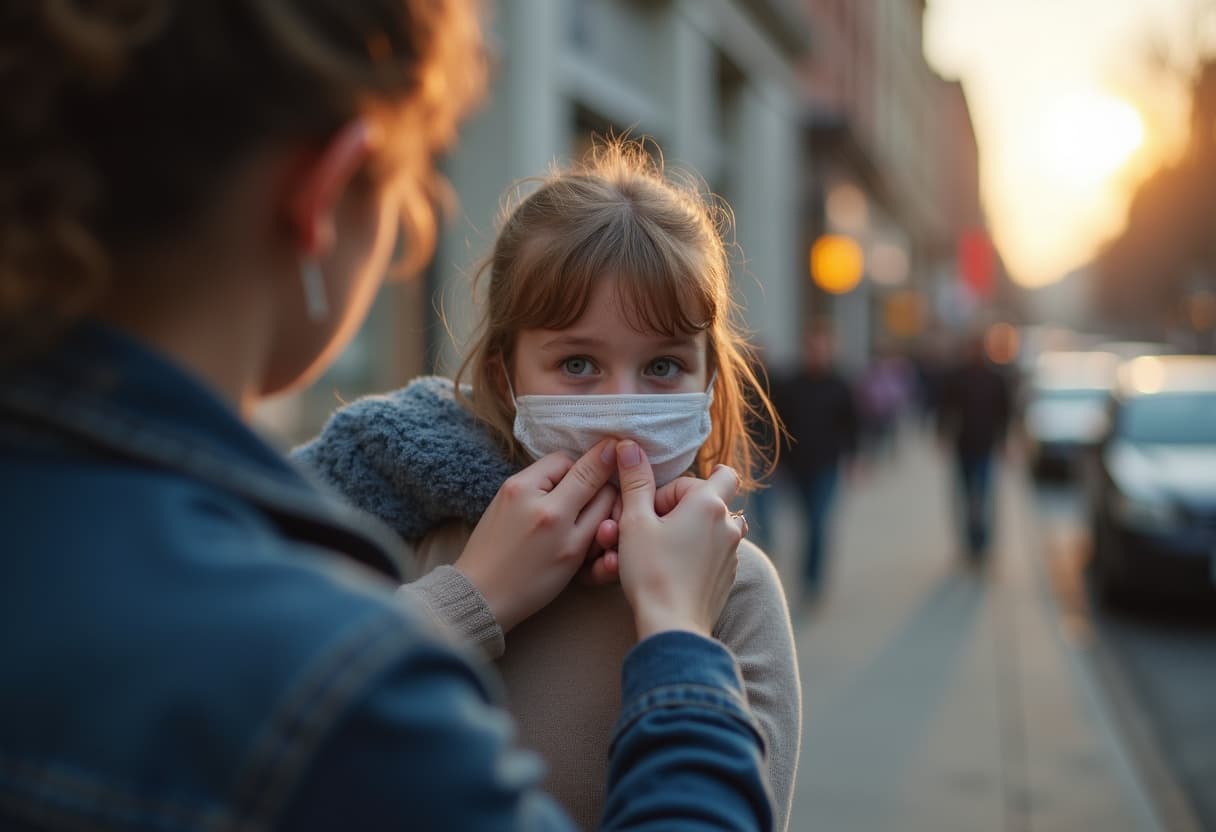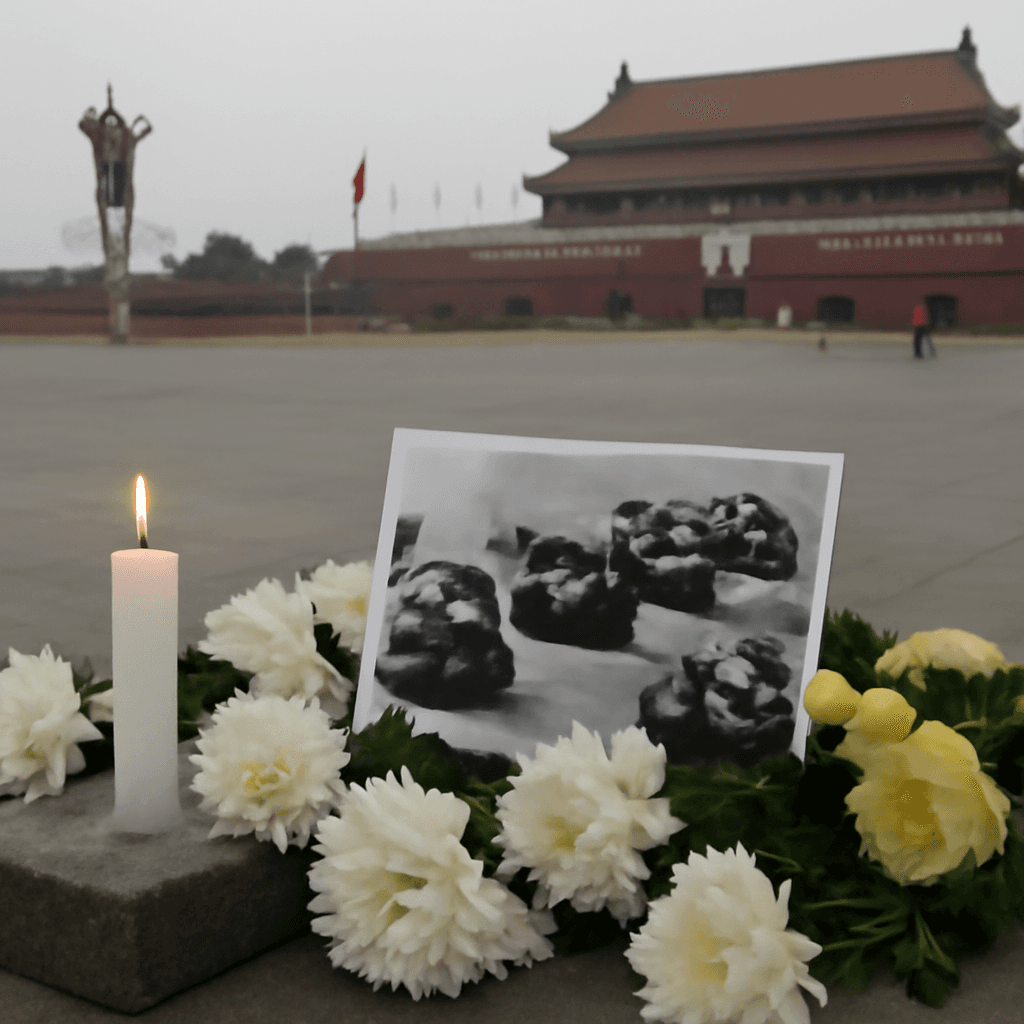Chikungunya Virus Surges Rapidly in China's Guangdong Province
China is currently grappling with a significant outbreak of chikungunya virus, a mosquito-borne illness, with nearly 7,000 cases reported this year in Guangdong Province alone. Health authorities have expressed growing concern as the disease spreads quickly, particularly centered around the city of Foshan.
Official images broadcast by state media reveal patients hospitalized and using mosquito nets as a protective measure, underscoring the severity of this outbreak. Though chikungunya is not a novel threat in Asia, such extensive transmission within China remains unusual, signaling a potential shift in the epidemiological landscape.
A Swift Rise in Cases Spurs Alarm
According to the Chinese Centre for Disease Control and Prevention (CDC), approximately 3,000 new infections were documented in just the past week, bringing the province-wide tally to alarming levels. At least 12 additional cities in Guangdong have confirmed their own cases, illustrating a concerning spread beyond the epicenter.
The outbreak reportedly originated from a single imported infection in July, though authorities have yet to disclose where it came from. The proximity of this virus to global travel hubs, such as Hong Kong, adds another layer of concern. Notably, Hong Kong confirmed its first case on August 3rd — a 12-year-old boy recently returned from Foshan, presenting symptoms consistent with chikungunya including fever, rash, and joint pain.
China Mobilizes Against the Mosquito-Borne Threat
In response to this surge, Chinese officials have pledged “decisive and forceful” action to curb further transmission. Measures include aggressive mosquito control initiatives targeting breeding sites, fines up to 10,000 yuan (€1,208) for noncompliance, and public education campaigns focused on prevention.
- Residents are urged to eliminate stagnant water in containers like flowerpots and old tires, which serve as mosquito nurseries.
- Authorities recommend the widespread use of mosquito nets, window screens, and repellents to reduce bite risk.
Despite the rapid rise in infections, officials report that most cases remain mild with patients recovering swiftly and no confirmed fatalities so far — a critical detail highlighting the virus’s generally low mortality but high morbidity profile.
The Global and Medical Context: What is Chikungunya?
First identified in Tanzania in 1952, chikungunya has since spread to over 110 countries, becoming endemic across parts of Africa, Southeast Asia, and the Pacific. The disease is spread primarily by Aedes aegypti and Aedes albopictus mosquitoes — the same carriers responsible for dengue and Zika virus transmission.
The World Health Organization (WHO) emphasizes that chikungunya cannot be transmitted directly between humans; rather, mosquitoes act as the vector transferring the virus. While most sufferers experience mild symptoms, the disease can cause debilitating joint pain that lingers for months or longer, impacting quality of life and economic productivity.
Currently, no specific antiviral treatments or widely approved vaccines exist, which makes vector control and preventive behaviors essential tools in managing outbreaks.
Underreported Challenges and Future Concerns
Experts warn that underreporting and asymptomatic cases could mean the true scale of the outbreak is even larger. Additionally, climate change and urbanization are expanding mosquito habitats, raising fears that chikungunya and similar viruses could become entrenched in new regions, including parts of the United States where Aedes mosquitoes have established footholds.
From a policy perspective, this outbreak underscores the need for integrated vector management programs coupled with cross-border surveillance to anticipate and mitigate such health threats.
Editor’s Note
The chikungunya outbreak in Guangdong province serves as a stark reminder of the growing challenges posed by mosquito-borne diseases in a rapidly interconnected world. While mortality remains low, the substantial morbidity and potential long-term joint complications call for robust public health responses and international cooperation.
Critical questions remain: How will evolving climate patterns influence the geographic spread of such viruses? Can vaccine development keep pace with emerging threats? And how might lessons from this outbreak inform preparedness for future pandemics driven by vector-borne diseases?
We encourage readers to stay informed, take proactive steps to reduce mosquito breeding grounds in their communities, and advocate for comprehensive public health strategies that address these complex challenges.



















